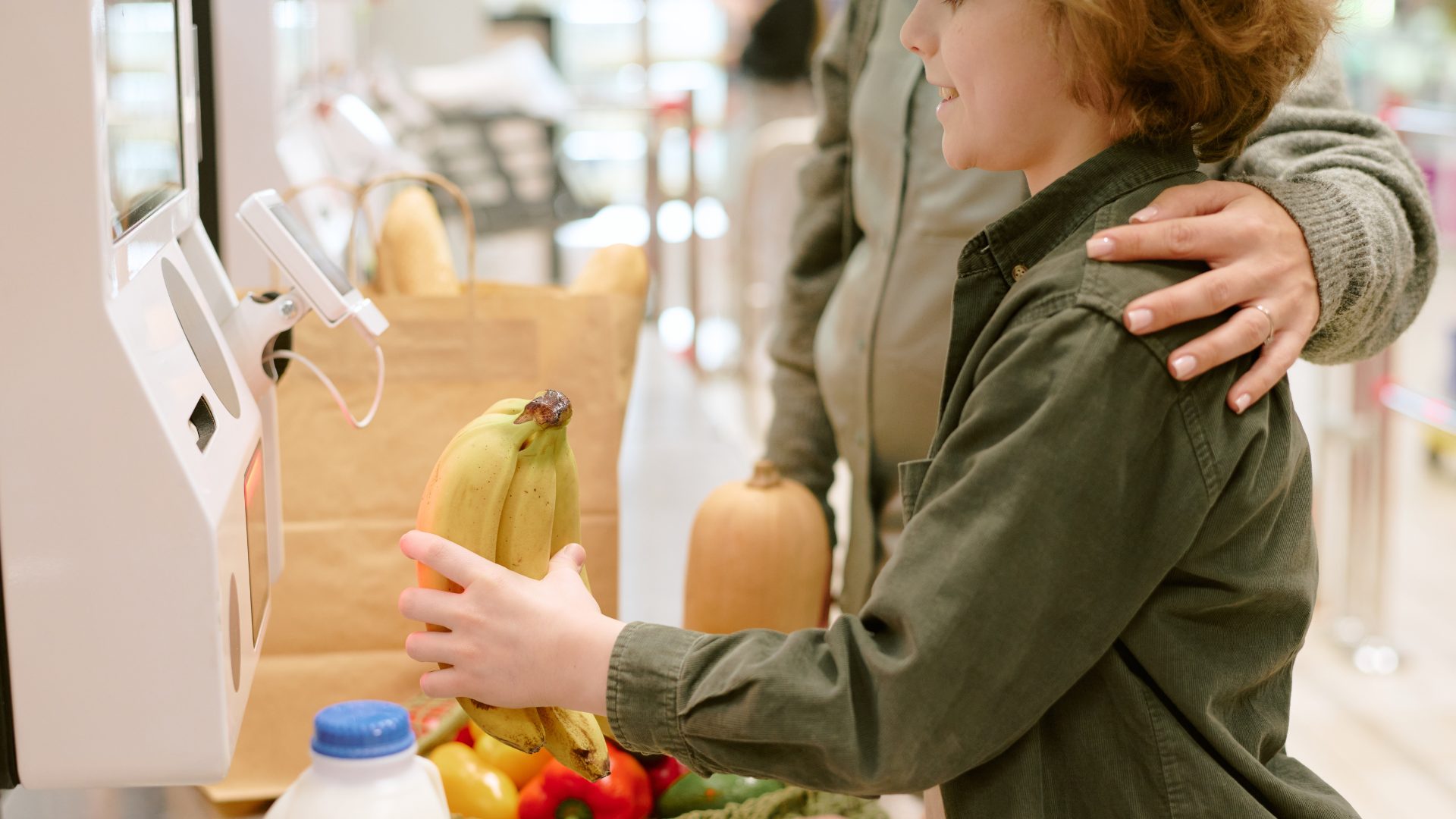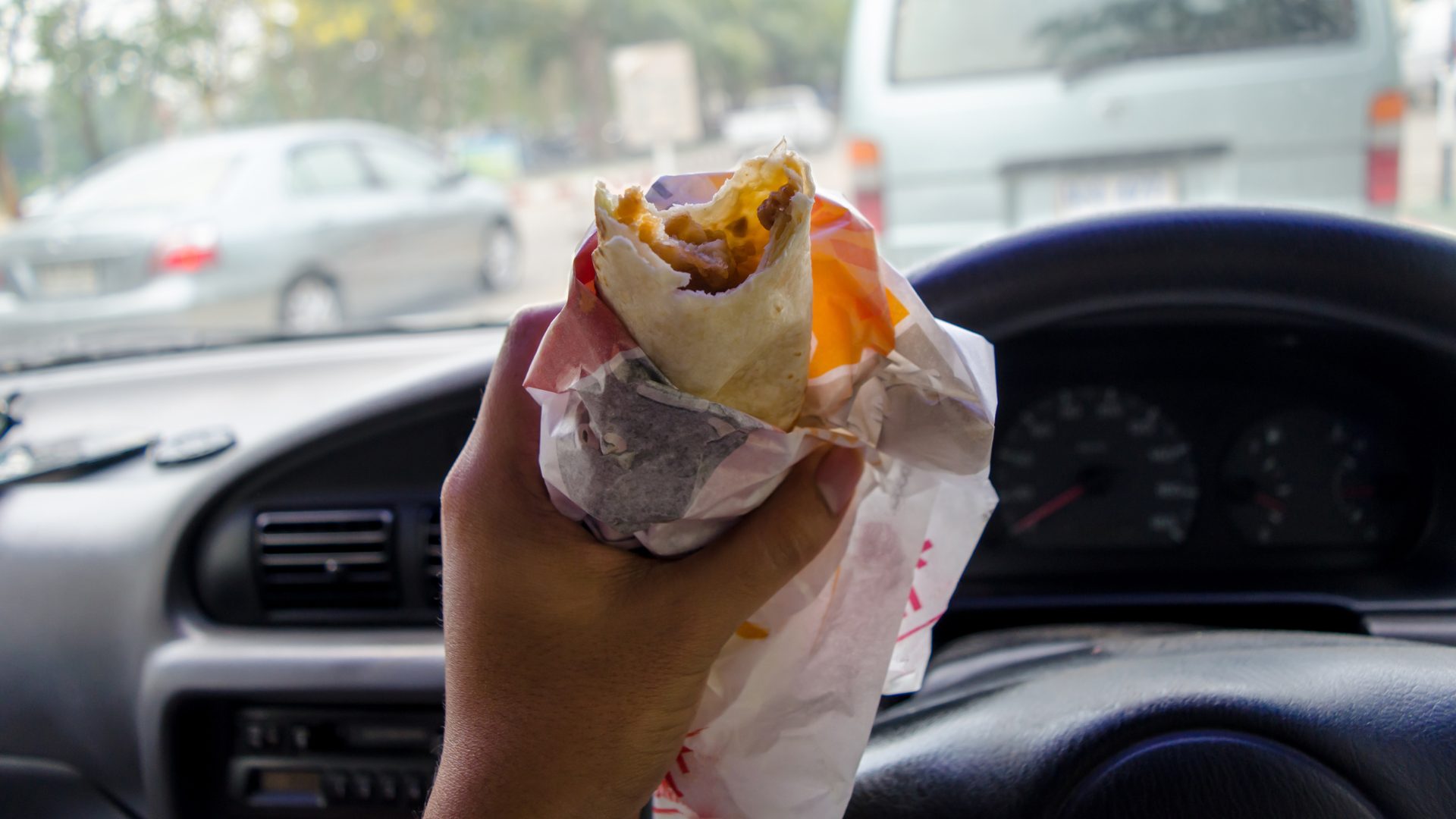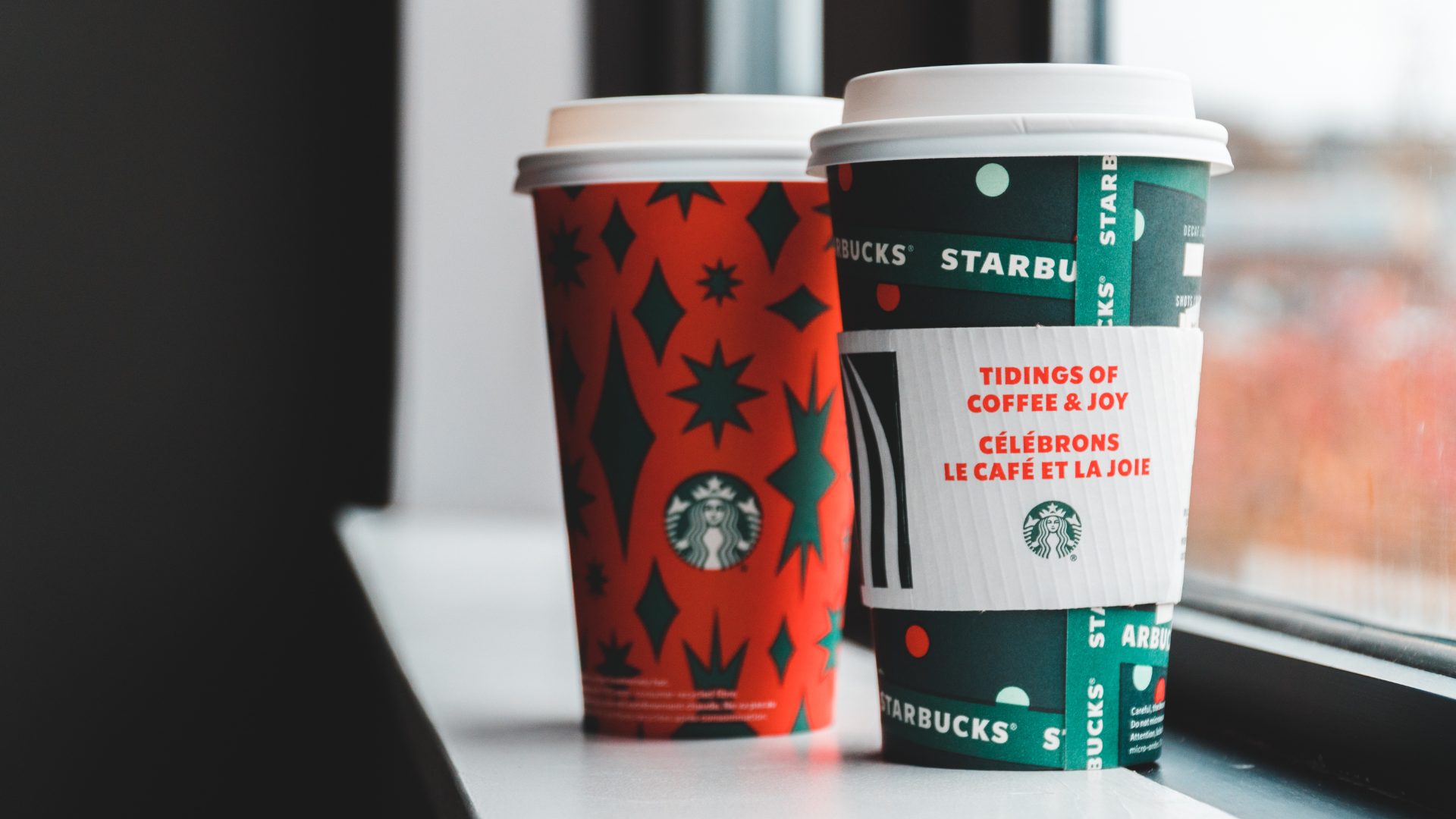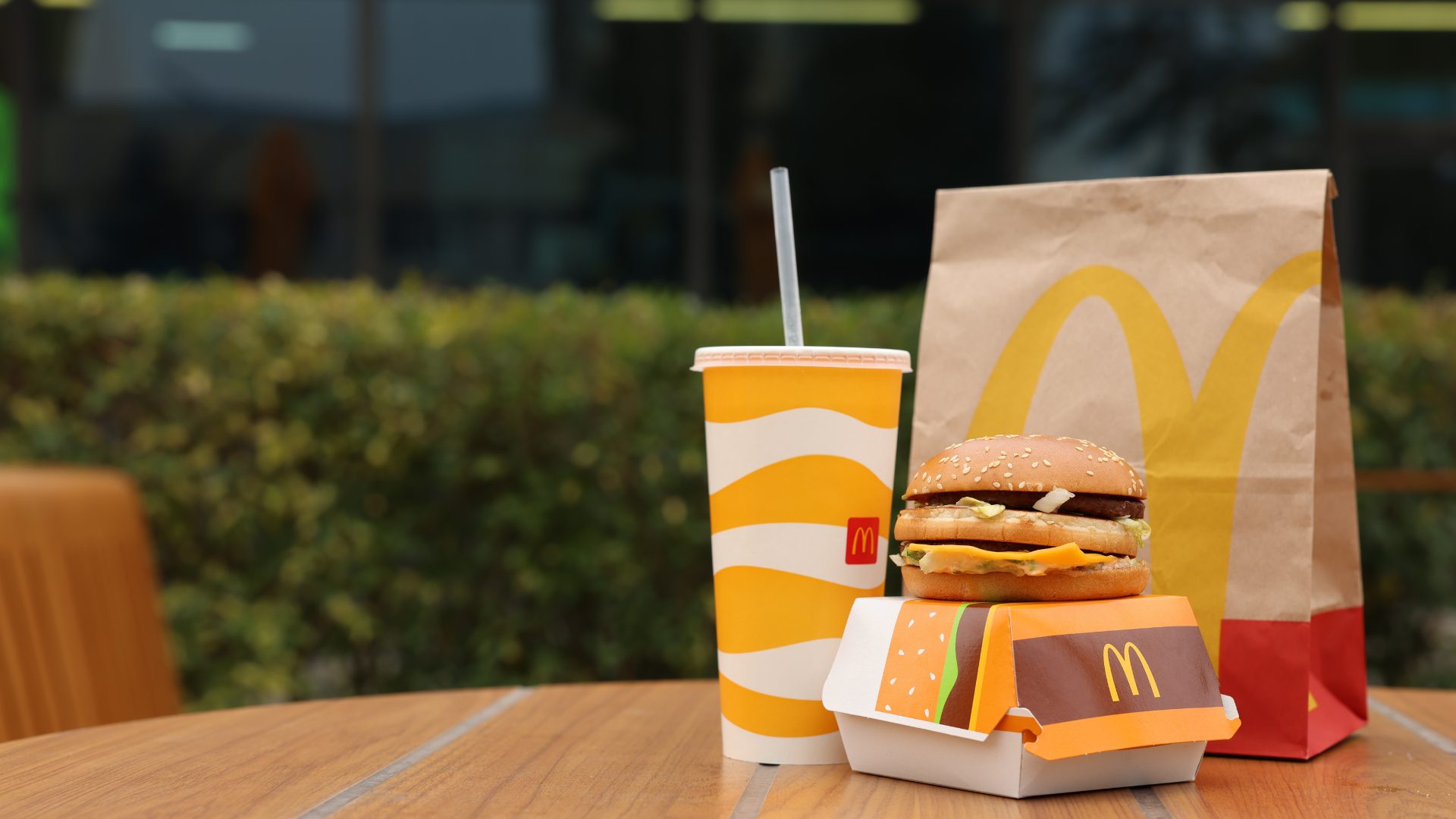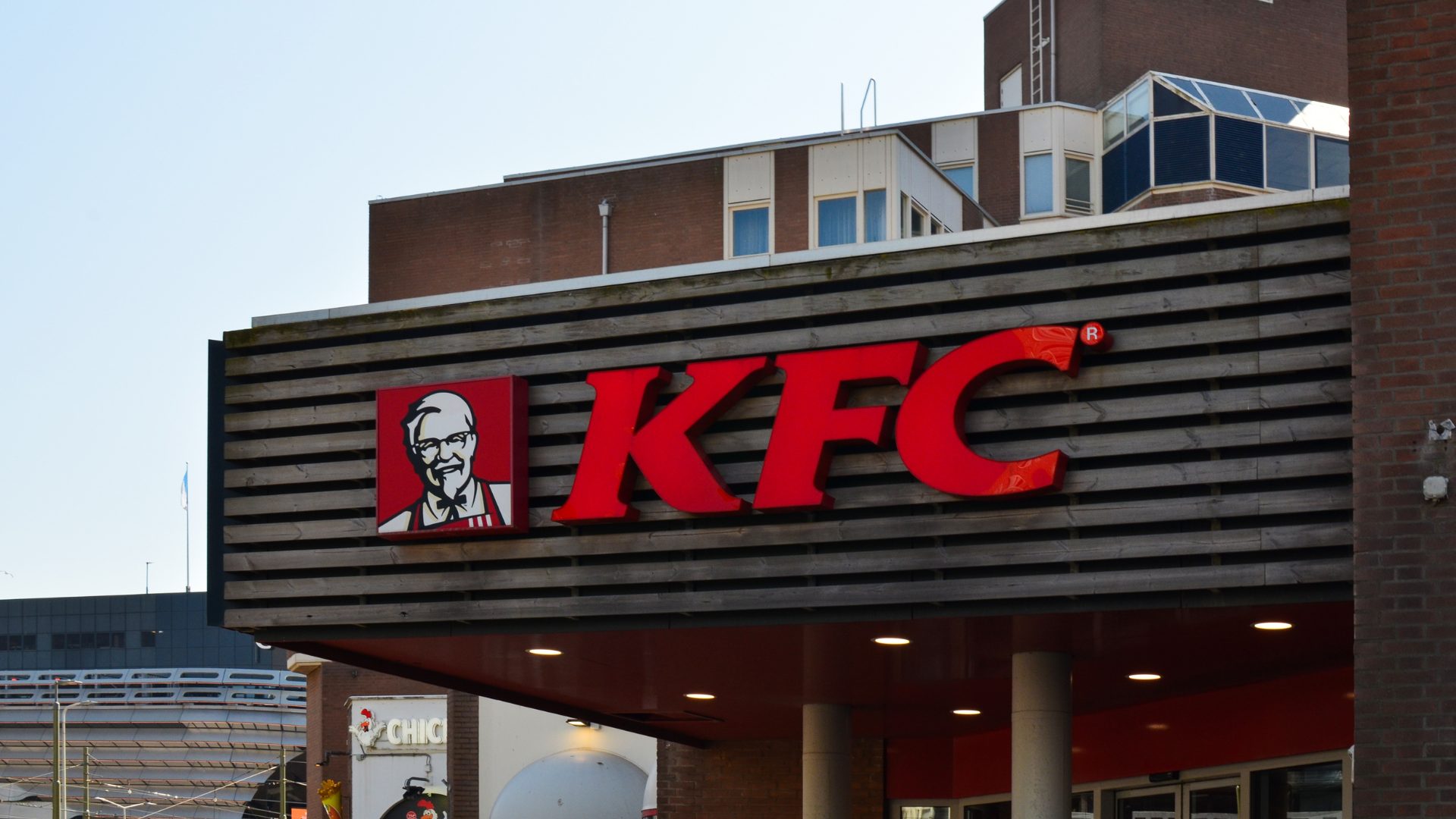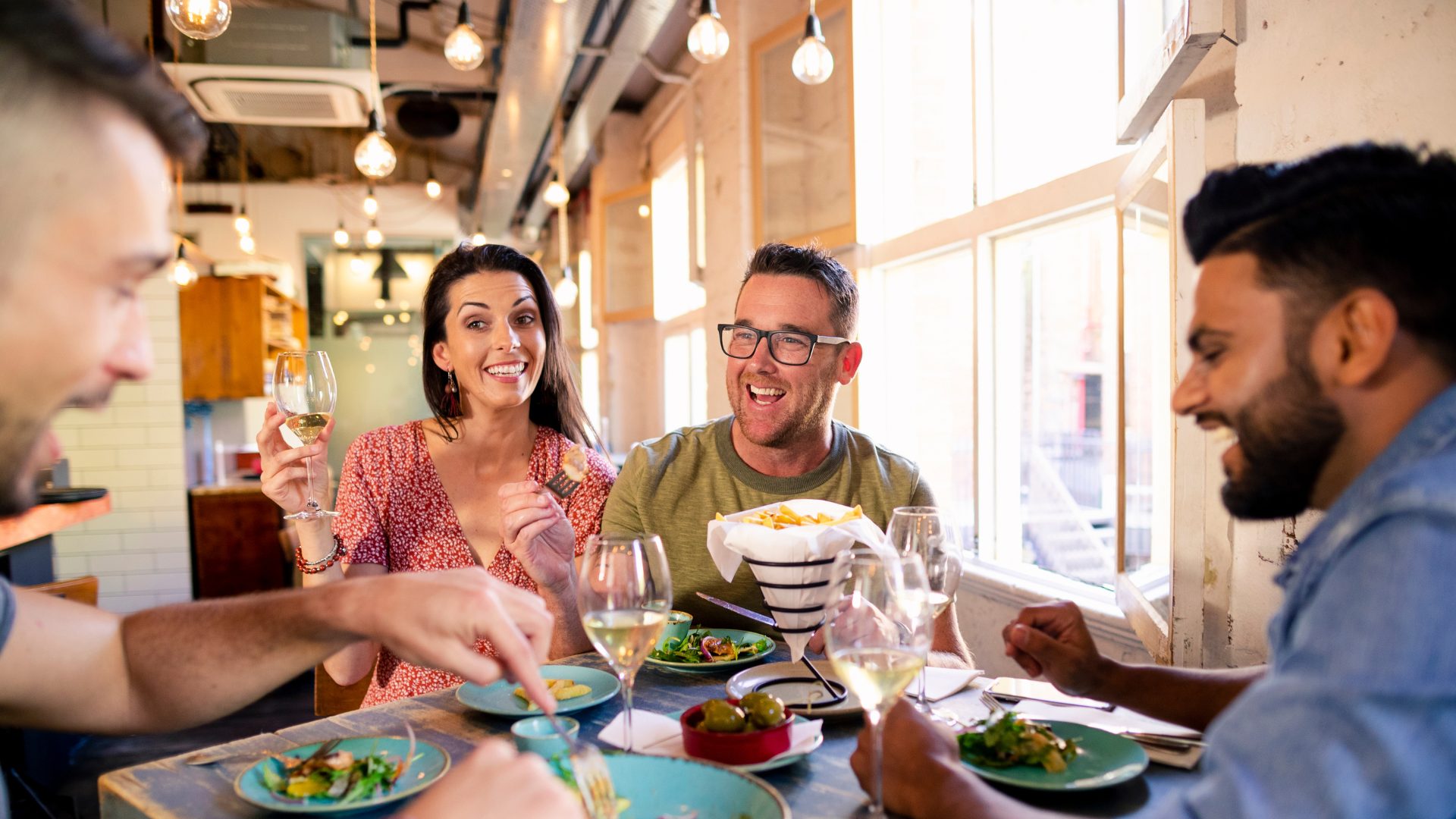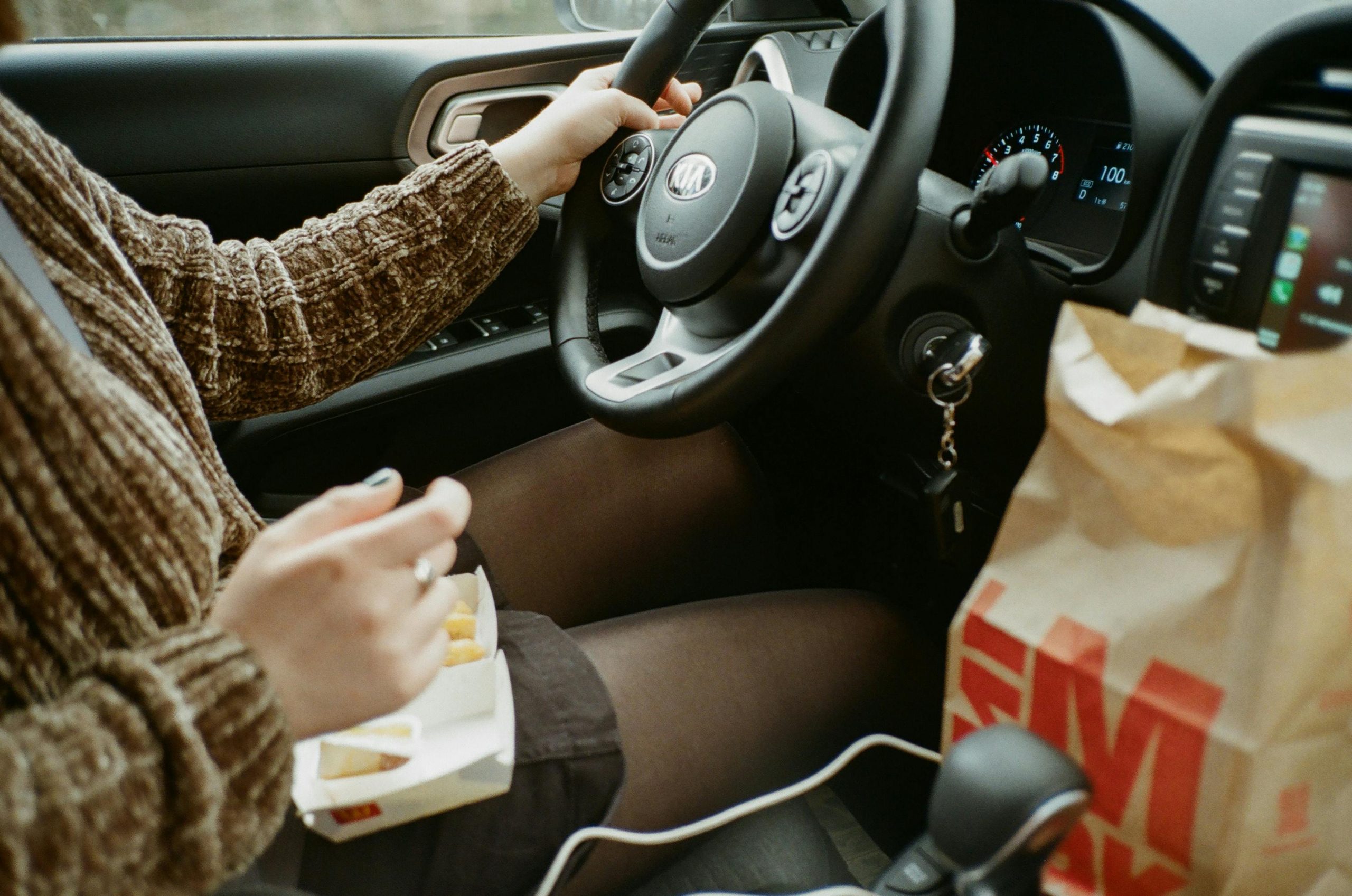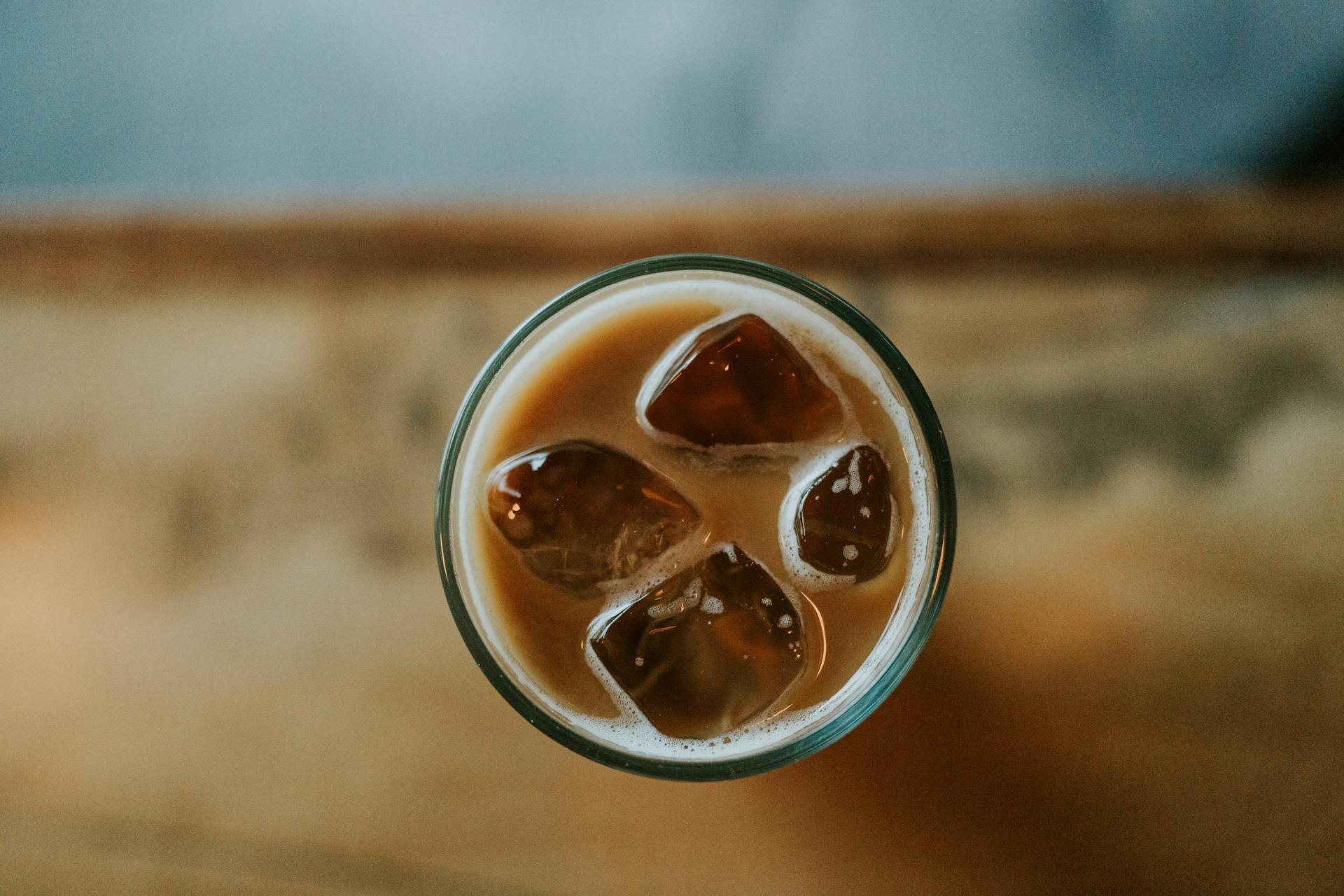With summer solidly here, a recent trend in coffee may leave many caffeine junkies wondering what happened to a classic cup of joe. In April, Restaurant Business reported that Starbucks now gets most of its daily sales not from a steaming cup of morning dark roast, but from drinks best enjoyed cold.
More than 70% of the chain’s beverage sales are now cold – iced coffee, cold press, iced cappuccino; if it goes in a cup, it can probably be chilled, and the trend isn’t just limited to Starbucks – from the CosMc’s beverage-and-snacks concept from McDonald’s to Taco Bell’s summer Freeze menu, the market has spoken, and the message is this: chill out.
Even at-home coffee brands like Keurig and Maxwell House are cashing in on cool. Last year, Keurig introduced K-Iced, its first lineup of single-cup coffee designed with iced flavors in mind, while Maxwell House launched several instant iced lattes with foam, its first new product in almost 10 years.
Why now? There are several factors in play.
“Primarily, the work-from-home trend impacted hot coffee sales, with 30% of remote workers investing in new coffee machines since the pandemic,” said Jamil Bouchareb, CEO and founder of Restaurantware, to FI.
“Cold drinks are more time-consuming to prepare at home due to recipes requiring overnight chilling or freezing, which boosts consumer demand for these products in stores,” he added, noting that industry surveys reveal Gen Z and millennials prefer cold drinks to hot. They register as more of a treat, fostering indulgence and often accompanying social situations with friends and family.
Cold drinks also lend themselves to more fusion-type flavors and offerings than hot; steaming water can easily kill flavoring elements of many spices, add-ins, and textures. Representatives from Caribou Coffee also spoke to FI about “the big freeze” – if you will – noting that, “We continue to see an increasing demand for cold beverages, especially from our younger guests and even in the winter months,” adding that this summer will showcase no less than 11 new cold drinks that also play upon wider trends in foodbev, such as increased use of coconut milk, energy-focused LTOs, and exotic flavors like pomegranate acai.

The trend isn’t even limited to traditional coffee shops and drive-thrus.
“Cold beverage stations such as custom iced tea bars and frappuccino bars are also trending in the catering and events industries,” said Susan Lacz, principal and CEO of Ridgewells Catering, to FI. “At a major golf championship we cater, cold caffeinated bars and canned cold brews are a convenient and desirable alternative to hot drinks,” adding that though they certainly experience more interest and sales during the warmer months, cold-focused catering and bespoke, one-off custom opportunities are becoming more popular throughout the year – “a strong reflection of where the market and audience is today.”
Bouchareb also noted that viral trends like dirty sodas and pickled pop, for instance, can shape consumer trends in outsize ways, accelerating brand innovators’ product proposals. What is a viral trend if not primary consumer crowdsourcing for the masses?
If it’s exhausting trying to keep up with it all, there’s probably a cold-pressed, energy-infused, better-for-you, swicy drink just around the corner.
The Food Institute Podcast
Tom Hamill, a food and beverage senior analyst for RSM US LLP, joined The Food Institute Podcast to recap the 2024 Summer Fancy Food Show. Hamill shares his thoughts on burgeoning trends from the show and how emerging specialty food brands can best navigate economic factors in the years to come.





